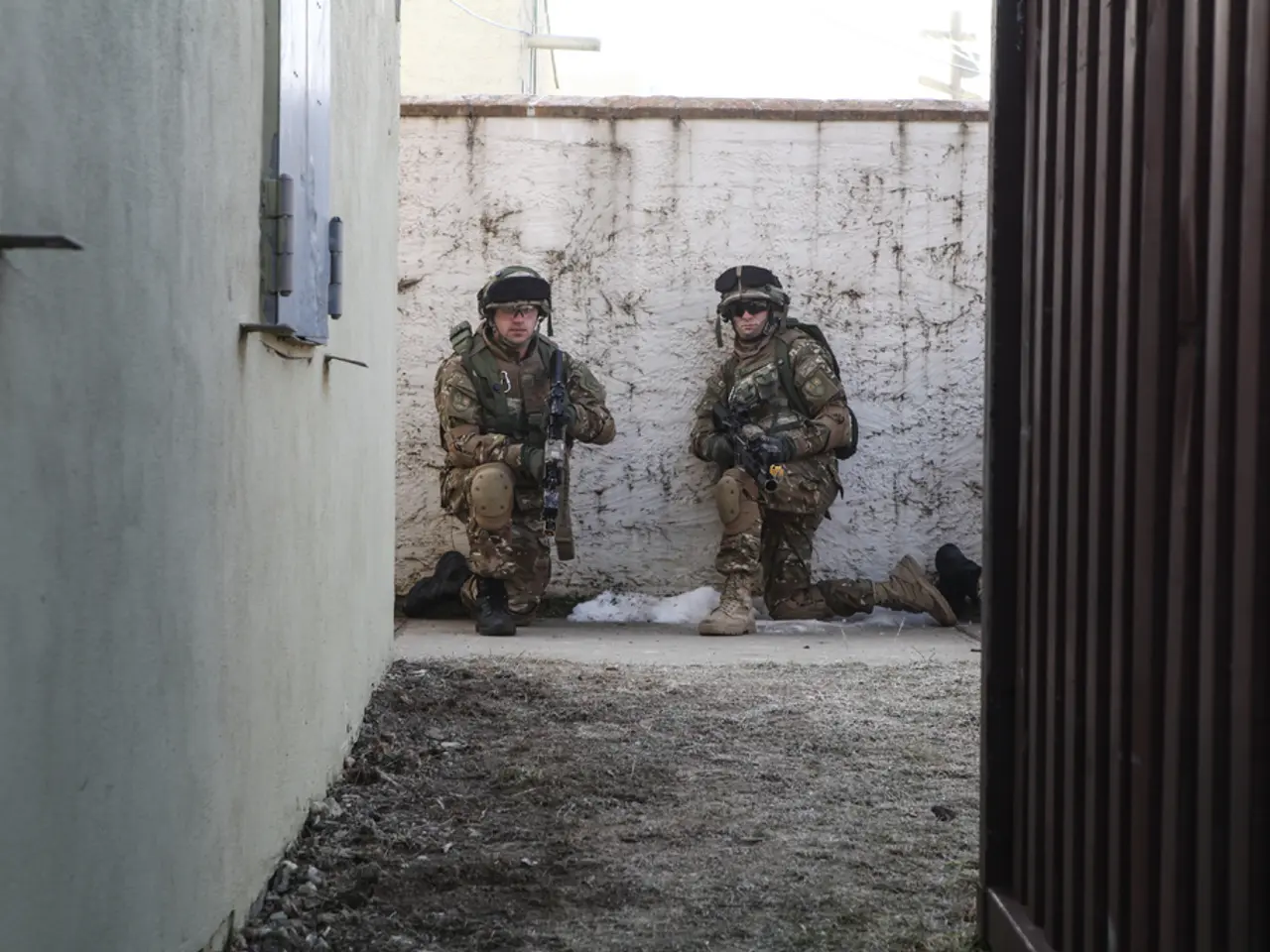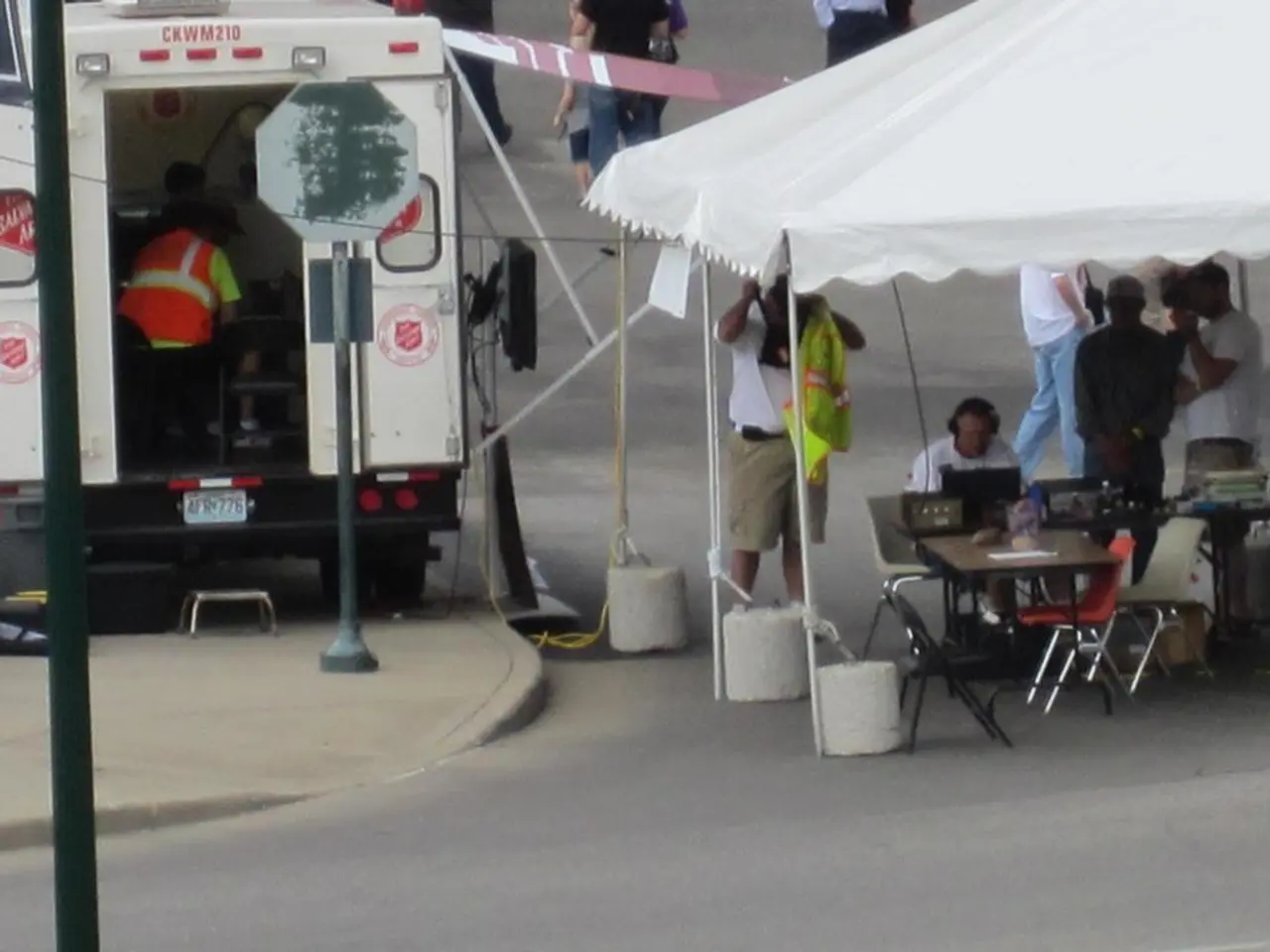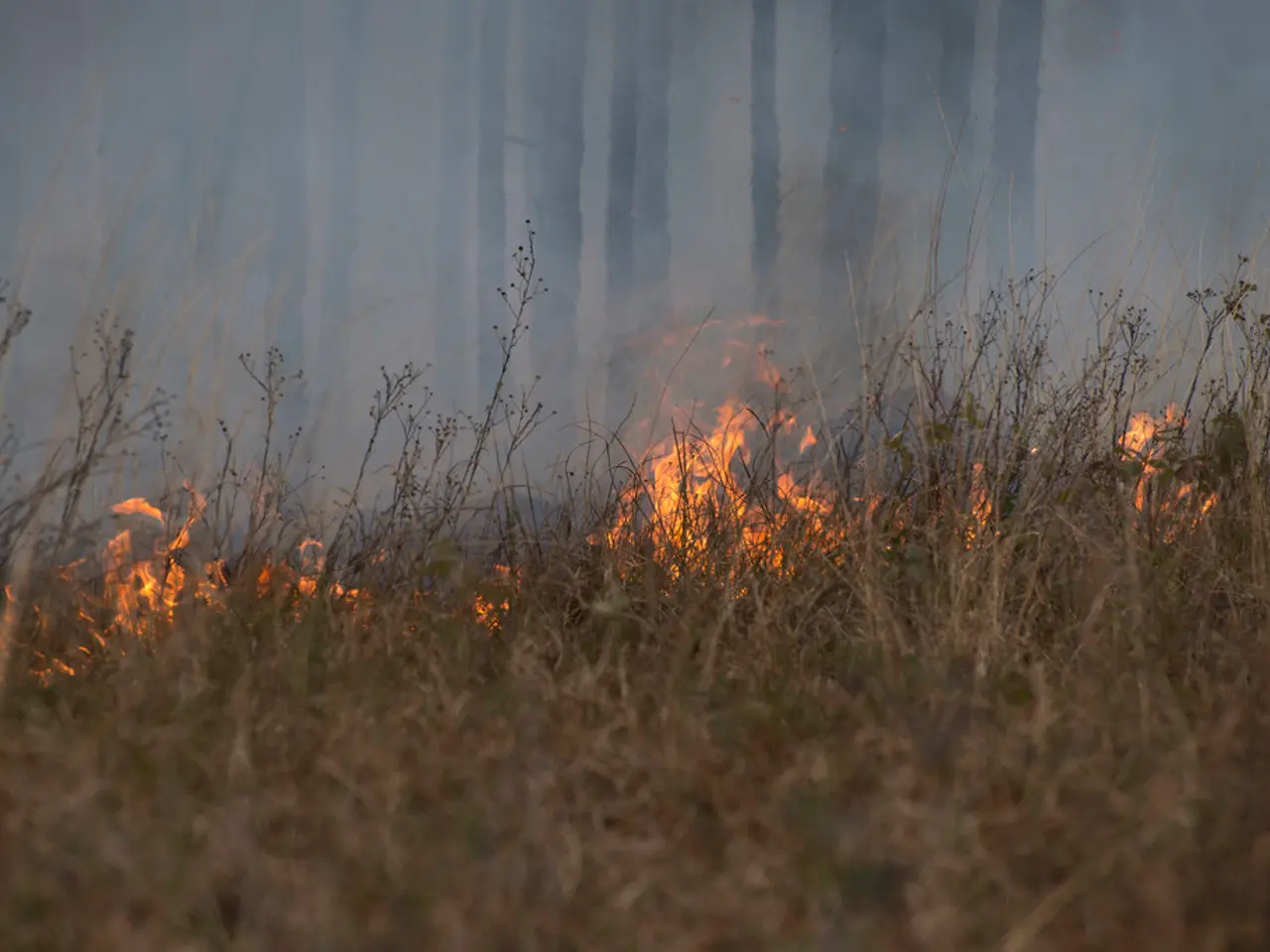Federal authorities seek expansion of underground shelters in Berlin and Brandenburg, excluding public amenities
In the heart of Europe, Germany, a nation known for its robust infrastructure and solid building standards, is considering a move that harks back to the Cold War era – the reintroduction of public bunkers. This decision comes in response to the shifting global security landscape and rising geopolitical tensions.
Currently, Berlin and Brandenburg, two of Germany's most populous regions, do not have active public bunker facilities designed for civilian protection in the event of, say, nuclear or conventional attacks. Existing bunkers, such as the Berlin Story Bunker, are primarily historical sites or museums, offering insights into Nazi history rather than serving a modern civil defense role.
The Federal Office of Civil Protection and Disaster Assistance (BBK) and the Interior Ministry are spearheading this initiative, aiming to draft a national shelter concept. However, as of now, no specific steps or projects to reinstate public bunkers or develop new shelters in Berlin and Brandenburg have been reported.
The rationale behind this proposed plan is twofold. Firstly, it is a response to potential disaster situations. With Germany's solid building standards, most basements are capable of shielding against explosions and debris, but reaching central shelters during emergencies has been highlighted as a challenge. Secondly, the plan is a reaction to geopolitical tensions, as Germany reassesses its approach to nuclear security amid the global resurgence of nuclear weapons modernization, heightened risk of conflict, and weakened arms control agreements.
It is important to note that Brandenburg never incorporated its facilities into a unified national protection plan after the fall of the Berlin Wall. Consequently, many of Berlin's bunkers were sold to private owners and repurposed. As of mid-2025, only 579 out of Germany's original 2,000 bunker rooms are currently available.
The national shelter concept will require more time to be finalized. Potential locations for public bunkers are being considered, with both public and private properties under scrutiny. These could include underground garages, subway stations, and basements.
Should the geopolitical situation continue to deteriorate, it is conceivable that authorities might prioritize the reintroduction of public protection infrastructure. However, currently, this remains an area without visible public action.
In conclusion, while Germany is contemplating the reintroduction of public bunkers, existing bunkers in Berlin, like the Berlin Story Bunker, are historical sites, not active public shelters. As of now, there are no publicly known current public bunker facilities in Berlin or Brandenburg for civilian protection. The evolving global security landscape is influencing this reassessment, but no official projects or initiatives are currently documented.
Sports enthusiasts in Berlin and Brandenburg may find solace in alternate underground locations, as the potential reintroduction of public bunkers for civilian protection could include underground garages, subway stations, and basements. However, it's worth noting that these shelters are currently being considered only for disaster situations, not for sporting events.








